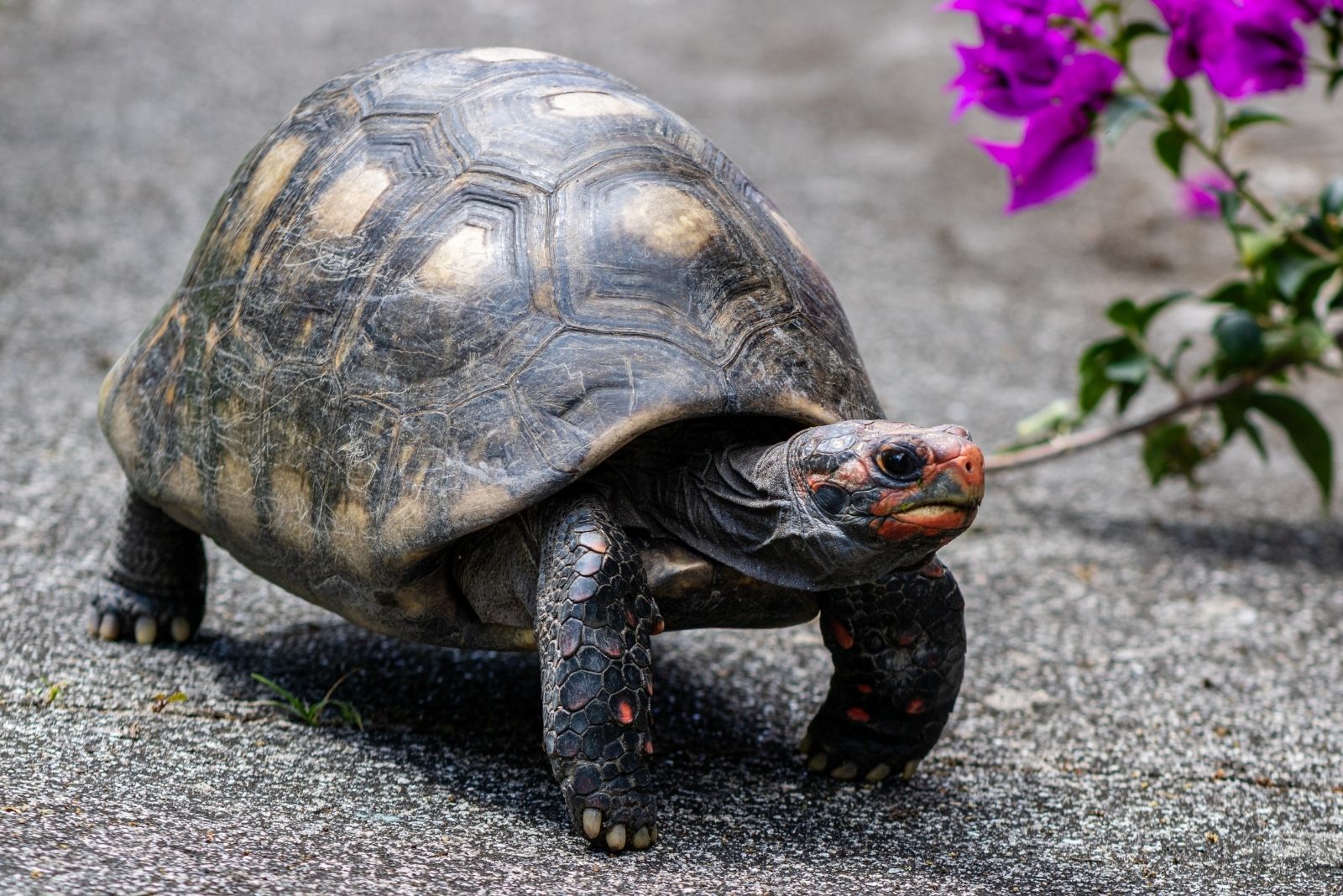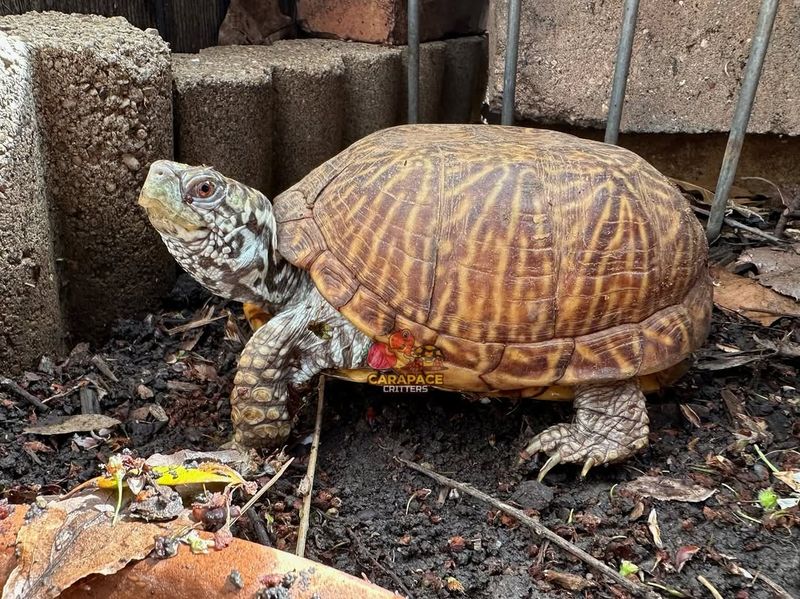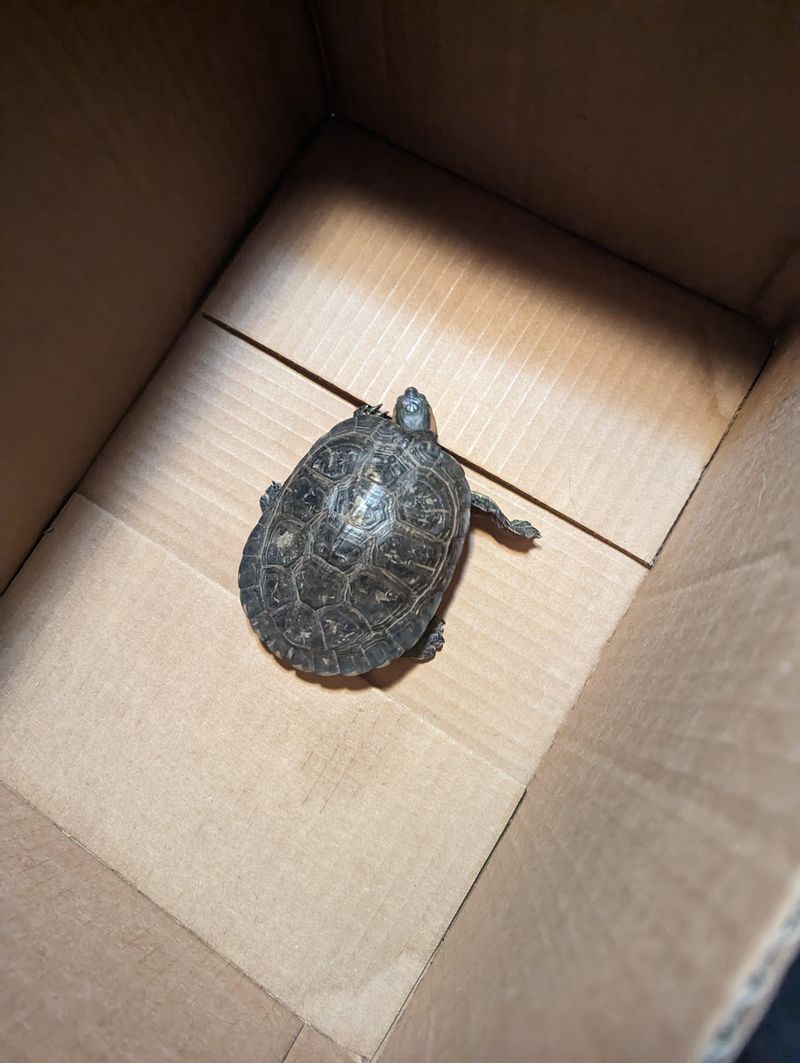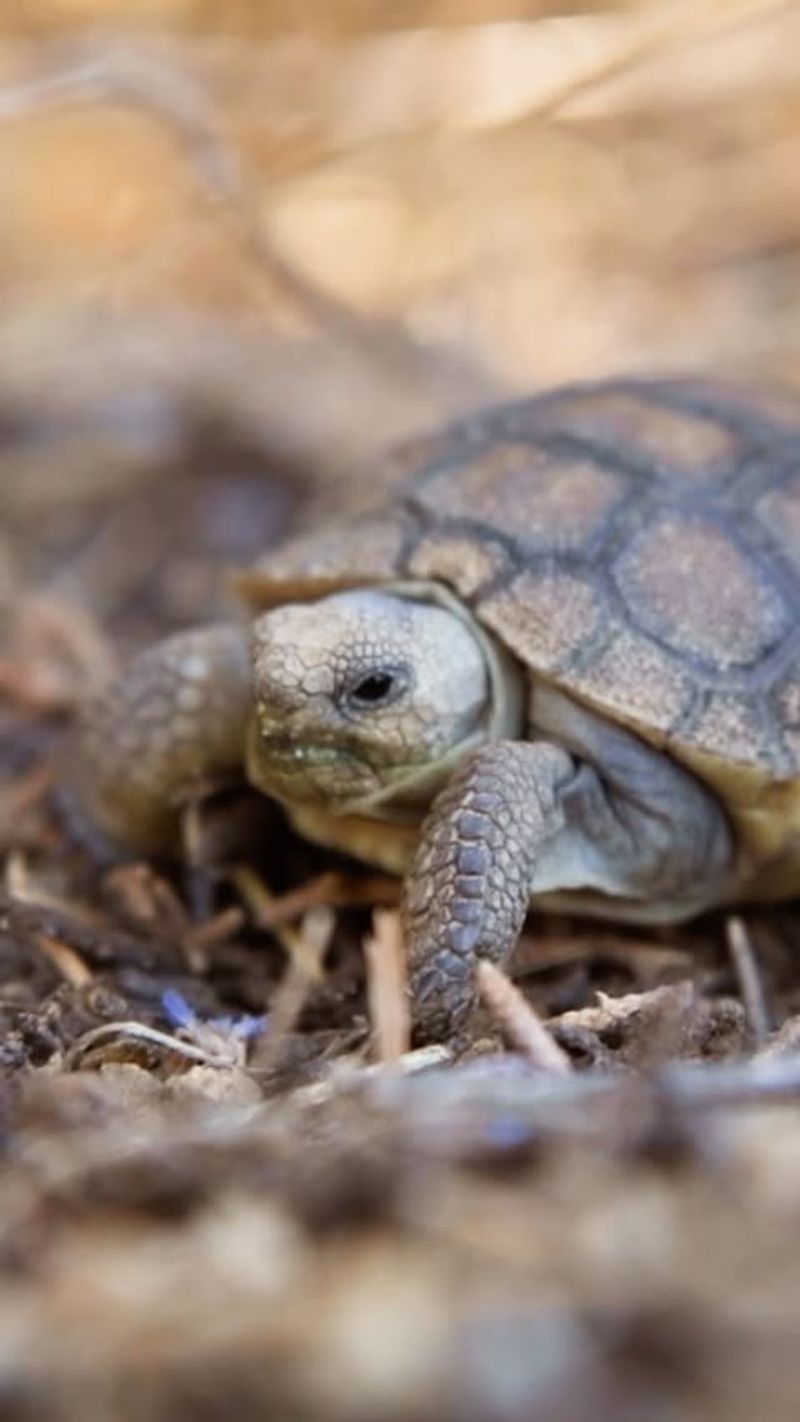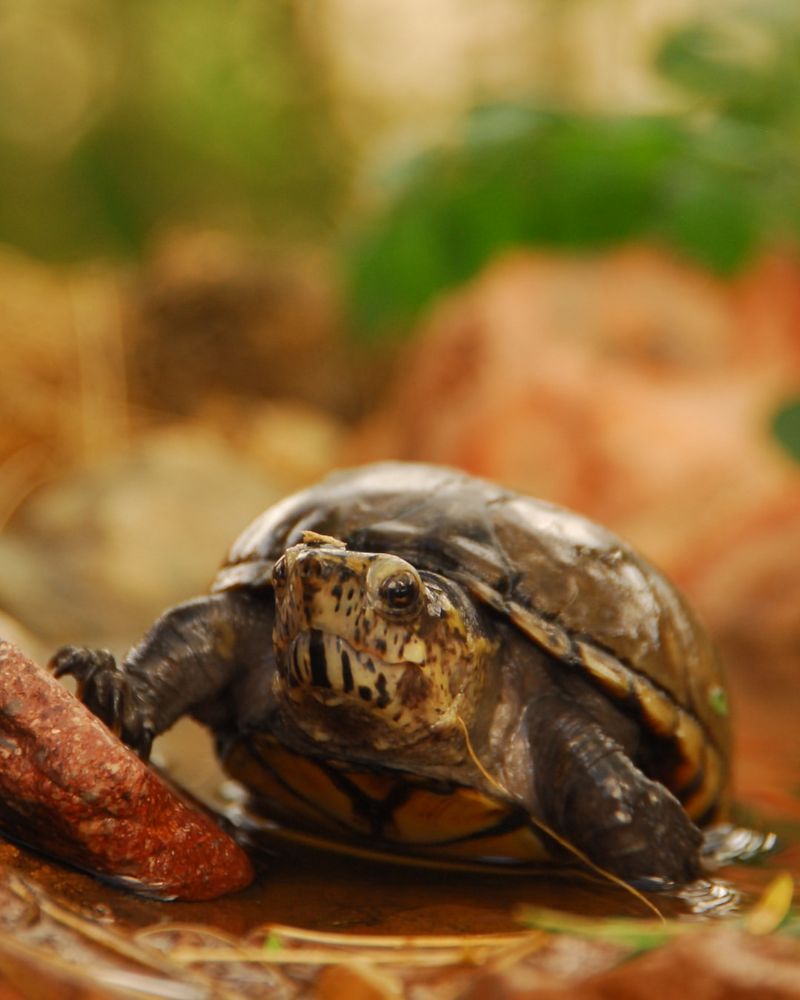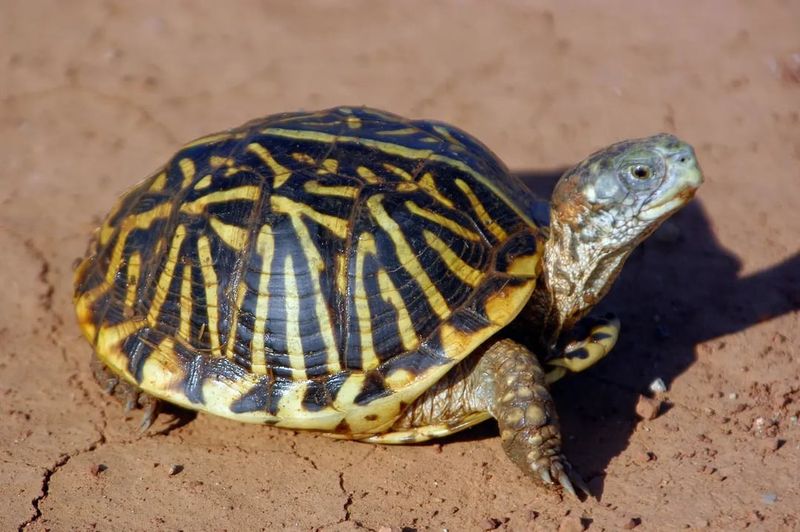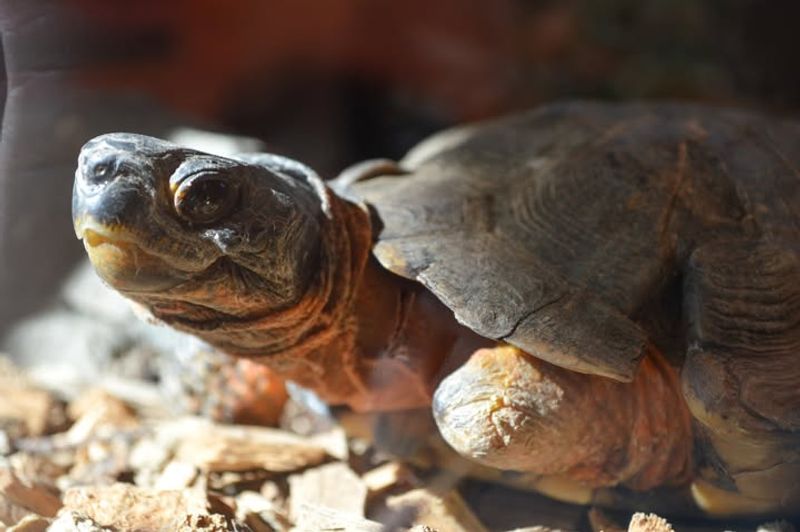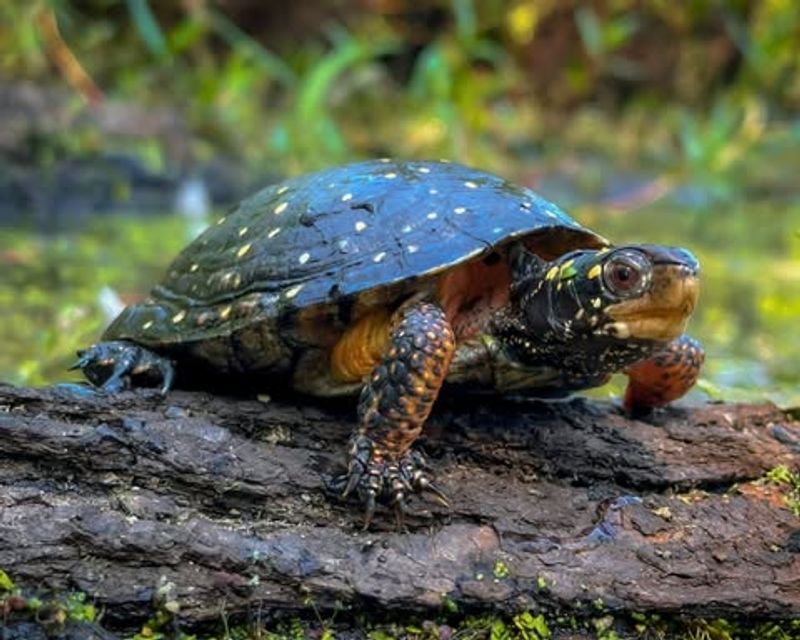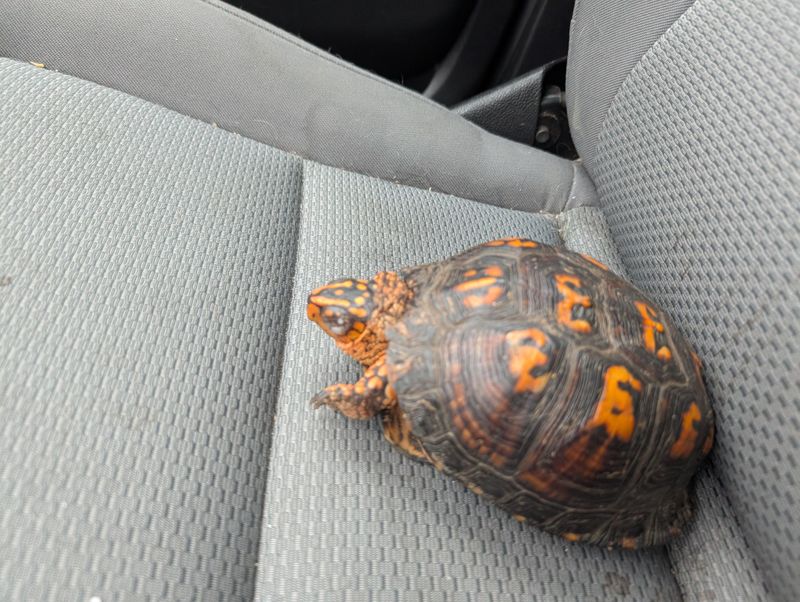Finding a turtle in your Arizona yard can be both surprising and exciting. Whether you live near a wash, have a backyard pond, or simply maintain a garden with plenty of shade, these creatures sometimes wander through looking for food or shelter.
Knowing how to respond helps protect the turtle and keeps your outdoor space safe for wildlife.
1. Stay Calm And Observe Before Acting
Spotting a turtle near your flower bed can catch you off guard, but the best first move is simply to watch from a distance. Give yourself a moment to see what the turtle is doing without interfering.
Most turtles that show up in Arizona yards are just passing through or looking for a cool spot during the heat. They usually know where they’re going.
Rushing over or trying to pick it up right away can stress the animal and put you at risk of a bite or scratch.
2. Figure Out If It’s A Wild Or Pet Turtle
In my experience, identifying whether the turtle belongs to someone or lives in the wild changes everything. Look for signs like painted markings on the shell, a smooth appearance, or unnatural coloring.
Wild Arizona turtles, like the desert tortoise or Sonoran mud turtle, have rough, earth-toned shells that blend with the landscape. Pet turtles often look cleaner and more vibrant.
If it looks like a pet, check with neighbors before assuming it’s wild and needs relocation.
3. Keep Pets And Kids At A Distance
Curious dogs and excited children can quickly turn a calm turtle sighting into a stressful situation for everyone involved. I once found one near my patio, and my dog immediately wanted to investigate.
Turtles can bite when they feel threatened, and some carry bacteria that you don’t want kids or pets exposed to without proper handwashing afterward.
Create a boundary and explain to children why it’s important to watch without touching or chasing the animal around your garden.
4. Provide Shade Or Moist Soil If Needed
Arizona heat can be brutal, especially during summer months when turtles might seek refuge in your landscaping. If the turtle looks dry or is sitting in direct sun, consider creating a temporary shaded spot nearby.
You can lightly mist the soil around it or position a board to block the sun without trapping the animal. Native plants like mesquite or palo verde offer natural cover.
Avoid pouring water directly on the turtle, as this can shock its system and cause more harm than good.
5. Never Try To Move It Far From Where You Found It
For me, learning that turtles have home ranges changed how I care for my yard. Moving a turtle even a short distance can disorient it and prevent it from finding food, shelter, or a mate.
Desert tortoises, which are protected by law in Arizona, rely on familiar territory to survive. Relocating them without proper authority can actually be illegal.
If the turtle is in immediate danger, like near a pool or road, move it just a few feet in the direction it was already heading.
6. Make Your Garden Safer For Native Turtles
Once you know turtles visit your yard, you can adjust your landscaping to welcome them safely. Low ground cover, native grasses, and shallow water sources create an inviting habitat without much extra work.
Avoid deep ponds or steep edges where a turtle could get stuck. Rocks and logs offer hiding places that help them feel secure while passing through.
Planting native Arizona species also attracts insects and plants that turtles naturally feed on, making your garden part of the local ecosystem.
7. Avoid Using Chemicals Near The Area
Pesticides, herbicides, and fertilizers can be toxic to turtles, especially when they absorb chemicals through their skin or ingest contaminated plants. I switched to organic methods after realizing how often wildlife visited my space.
Even small amounts of chemicals can harm a turtle’s digestive system or damage its shell over time. Natural alternatives like compost and manual weeding work just as well.
Keeping your soil clean also protects other creatures like lizards, birds, and beneficial insects that share your Arizona garden.
8. Contact Local Wildlife Authorities If Unsure
Sometimes you’re just not sure what to do, and that’s okay. Arizona Game and Fish Department offers guidance on handling wildlife encounters, especially with protected species like the desert tortoise.
They can tell you if the turtle needs help, if it’s legal to move it, or if a rescue organization should get involved. Calling them takes just a few minutes.
In my experience, having expert advice brings peace of mind and ensures you’re doing what’s best for both the turtle and your garden environment.

